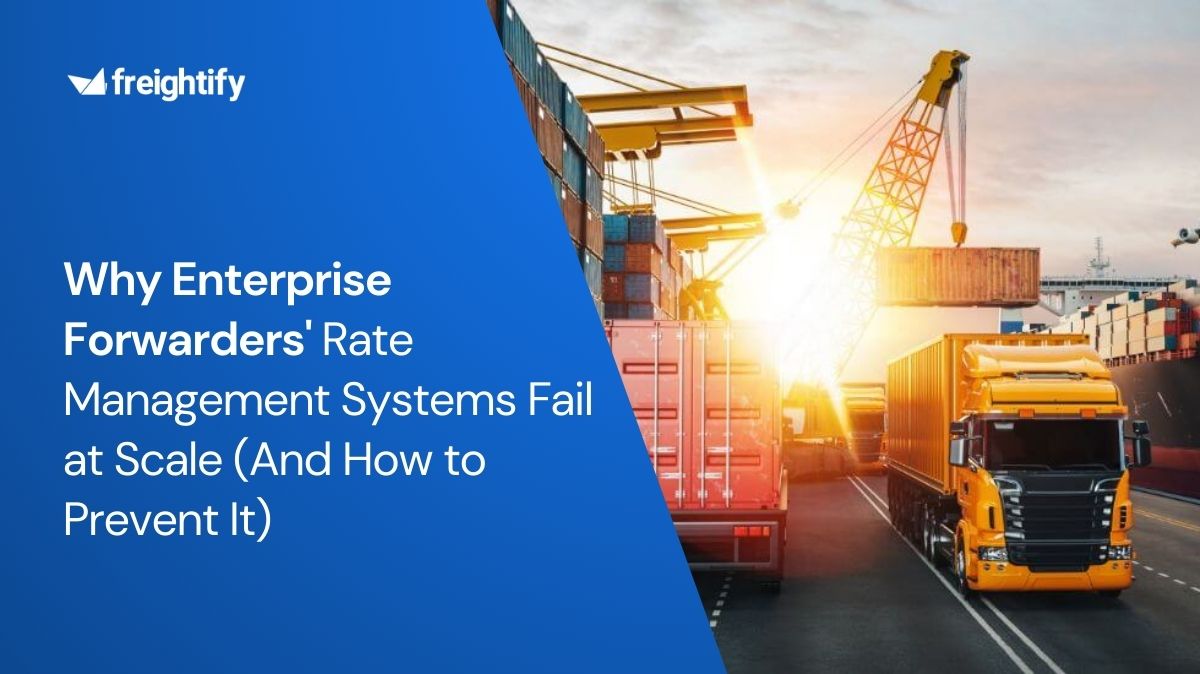When Jeff Bezos, in 1994, realized the growth of the internet, he laid the business plan for one of the most successful companies ever seen. Beginning as a bookseller, Amazon would break some years later with all previously known barriers across the supply chain and e-commerce and set a new standard to the digital shopping world.
According to Statista , in 2018 Amazon's annual revenue reached almost $233 billion, growing approximately 20% per year. By the moment, the company rakes in more than 14% of gross global e-commerce sales. In the U.S., one in every two dollars spent online goes to Amazon. The impact Amazon had on retailers, consumer preferences, and the supply chain is massive.
Businesses were forced to lower prices and optimize their operations to stay competitive. In the second year of the global pandemic, e-commerce is stronger than ever. Amazon is one of the big winners of the crisis, having perfect end-to-end coordination from production to delivery. The company has long recognized the value of digitalization, extending its market advantage. What this means for the industry and what we can learn from it will be analyzed in the following.
In this article, we have covered some crucial information on what the amazon effect is and how will it impact the digitalization of the logistics industry .
What is the Amazon-effect? The Amazon effect as a technical term first mentioned in 2012 in Steve Weinberg's book "This is the Amazon Effect," followed a book by Charles Fisherman in 2006, who wrote about the Walmart effect . The book discusses how Amazon started its triumphal course to changing consumer habits and raising the bar for sellers.
Amazon has managed to offer its customers something so valuable that made them shift their buying habits. This led Amazon to put pressure on entrepreneurs and small businesses, which could not stand the price and delivery competition. Brick-and-mortar stores gave way to the home delivery service, enhancing the customer's comfort zone. Retailers that were too slow to respond to the new e-commerce trend often had to suffer high losses or even shut doors.
But there is a flip side to this story too. The rise of Amazon led many companies to adjust their sales strategy, logistics apparatus, and online presence, helping meet the needs of the altered consumers. With a view to the pandemic, this was a step that certainly saved many companies from ruin.
Let us help you with your journey
Procure, Manage and Quote freight prices (with ancillary charges) in under 2 minutes!
How the "Amazon Effect" impacted Supply Chain? Waiting several days or even a week for an online order was very ‘ordinary’ several years ago. Ordering small items online like cosmetics or office accessories didn't make sense, as the shipping costs were more expensive than the product itself. That changed with the prime model of Amazon. Free shipping made e-commerce suddenly more attractive and led to a relocation from the classical store to the limitless digital market.
A wide range of products and fast delivery options made Amazon the market leader. Since then, Amazon's subscription model offers a closed ecosystem where customers find everything.
Amazon's supply chain should not be underestimated. Due to Amazon's economies of scale-like outsourcing a large part of its inventory and running its fleet, logistic costs are at a bare minimum. Thanks to this elaborated infrastructure, the company can offer one-day delivery or partly even delivery in a couple of hours. This new night standard provoked a bullwhip-effect throughout the entire supply chain.
This impact forced companies to invest in bigger inventory stocks, build new warehouses, and implement new logistics strategies to stay competitive. Companies were set to increase their efficiency, delivery speed, and volume while reducing their overall costs. With increased demand and customer expectation, supply chains had to adapt and use 3PLs and 4PLs to expand networks and resources.
Another critical factor that influenced this new era of the supply chain industry is end-to-end visibility. Amazon started to provide their customers a tool that should be the forcing go-ahead for most companies' digitization. Track and traceability ensure that the customer knows where his product comes from and where it is at each moment in the shipping process. This transparency is a game-changer in the logistics and consumption world.
Technology-wise, Amazon started a revolution within the industry - whether cloud services, smart devices, or drone technology - Amazon has opened a whole new market. Overall, in the last years, Amazon invested significantly in Al tools to detect its customers' preferences and recent trends within the industry. To make this possible, Amazon collects data from every account holder. It gains intelligence through previous purchases, browsing history, and the latest data set of conversations listed by A.I.
Using this data is one of the main factors of its rapid growth in the last years. Currently, the company develops its technology to optimize and automate processes like, for example, in the last mile delivery.
Impact of "Amazon Effect" on the logistics industry and the role of new technologies One year into the pandemic, the global world trade got affected by port congestion and container shortage due to the high demand on the market. Lockdowns and restrictions have enforced the e-commerce business that comfortably delivers all purchases to the doorsteps. Nevertheless, customers still expect fast, cheap, and reliable shipping of their products, an expectation that gives a struggling industry almost unsolvable challenges.
The volume of packages for home delivery skyrocketed. The U.S. Department of Transportation predicts that by 2040 only in the U.S. the annual freight volume will increase by 45 percent to 29 billion tons. That increases the pressure on shippers and carriers significantly. Companies have to adapt to fast and cheap delivery solutions that challenge the logistics industry to keep up.
To offer reasonable shipping rates, carriers and shippers have to increase their efficiency. That means focusing on their primary business and using digitalization and automation to eliminate costly and time-consuming processes like lavish quoting procedures and outdated tracking methods.
Smart track and traceability solutions help shippers, carriers, and retailers manage and organize their operations and meet the challenging market's needs. Collecting data and streamlining it is vital to optimize business operations. Amazon, for instance, counts on a highly efficient supply chain management using data and technology. In addition to that it can, e.g., stock its inventory forecasting consumer's preferences in a particular region. It also meets personalized delivery and returning preferences to give customers a unique and comfortable shopping experience.
Different stakeholders within the supply chain offer various services and therefore have different needs to optimize their business operations. However, for business optimization and competition, there is no way around digital adaption for the transport and logistics industry that means to transform the supply chain to a more responsive and agile system. To keep up with the numerous competitors and new developments, digital transformation is key. Depending on what the individual business is focused on, A.I., IoT, smart packing technology, or auto-replenishment capabilities are just some possibilities on the market. Nevertheless, collecting and streamlining data and digitizing operations is unavoidable to compete in the fast-moving market.
Increase Visibility and Time Efficiency by Freightify Solutions The transformation from traditional operations to digital and automated ones often appears more complicated and laborious than it is. Freightify offers its digital solutions to optimize business processes and gain time and cost-efficiency. Freightify's goal is to make the digital adaptation easy to enable the following advantages for its customers.
Visibility - Track and Trace Through the Amazon-effect, visibility became key to meet customer expectations. Track and trace options increase the end-to-end visibility that drives the needed transparency for logistics providers.
Efficiency To keep up with the increasingly tightening profit margins, efficiency is crucial in a company. Automated back-office processes save time and therefore cost. Operations like quoting can be done within seconds thanks to the digital network. Freightify's freight rate management solution covers 90% of sailing schedules and offers a fast quote generation that can be accepted right at the moment.
Data analytics Collecting and streamlining data is needed to optimize internal and external operations. Data analytics are key metrics to get insights into the company to see the performance of products and the staff's efficiency. Freightify's margin management provides basic analytics of internal workflows.
Customer satisfaction The logistics industry is a constantly evolving field with the end goal to meet customer satisfaction. Data analytics allow better supply chain forecasting and play a key role in decision-making. Customer's expectation of end-to-end visibility and fast delivery is now a standard in the industry that can be reached only through digitalization.
Conclusion When Amazon entered the market it might have changed the industry forever. Customer expectations such as delivery speed and costs, end-to-end visibility and traceability became a must for other companies to keep up. While it was tough on many companies and brought pain, it eventually did turn out to be an opportunity. The rise of e-commerce and evolving consumer patterns opened up new ways to do business. Digitalization is the first needed step to optimize and adapt operations to gain improved efficiencies that help companies stay competitive within the logistics sector.
Love this article?
Feel free to share it with others by clicking on the social sharing buttons below.




















